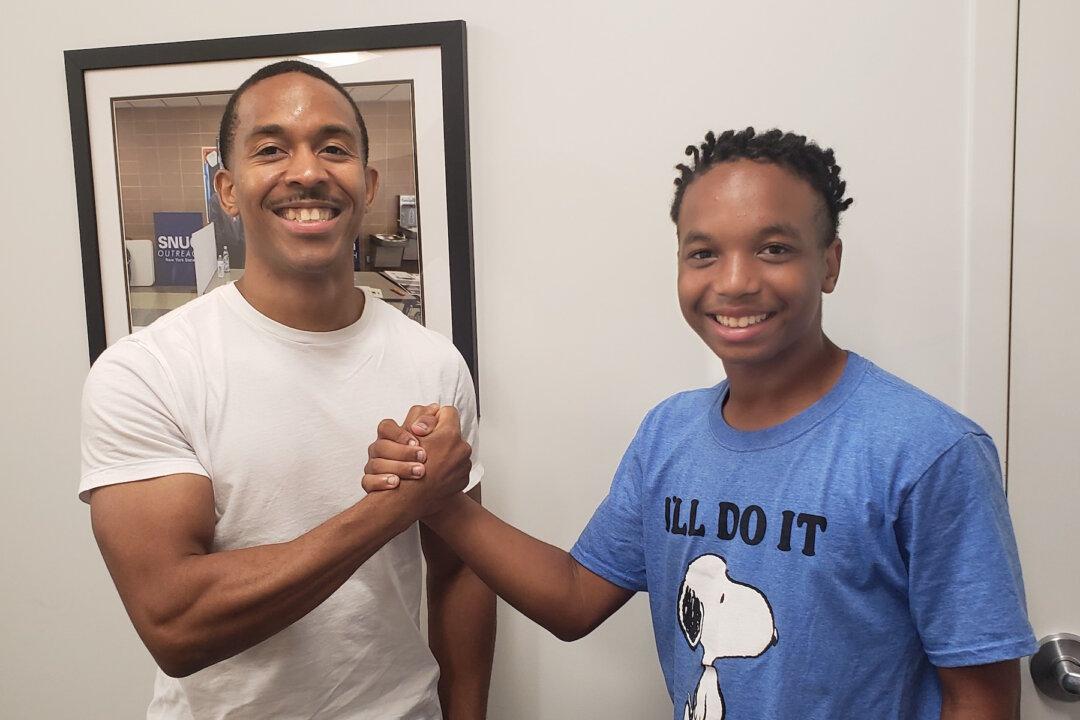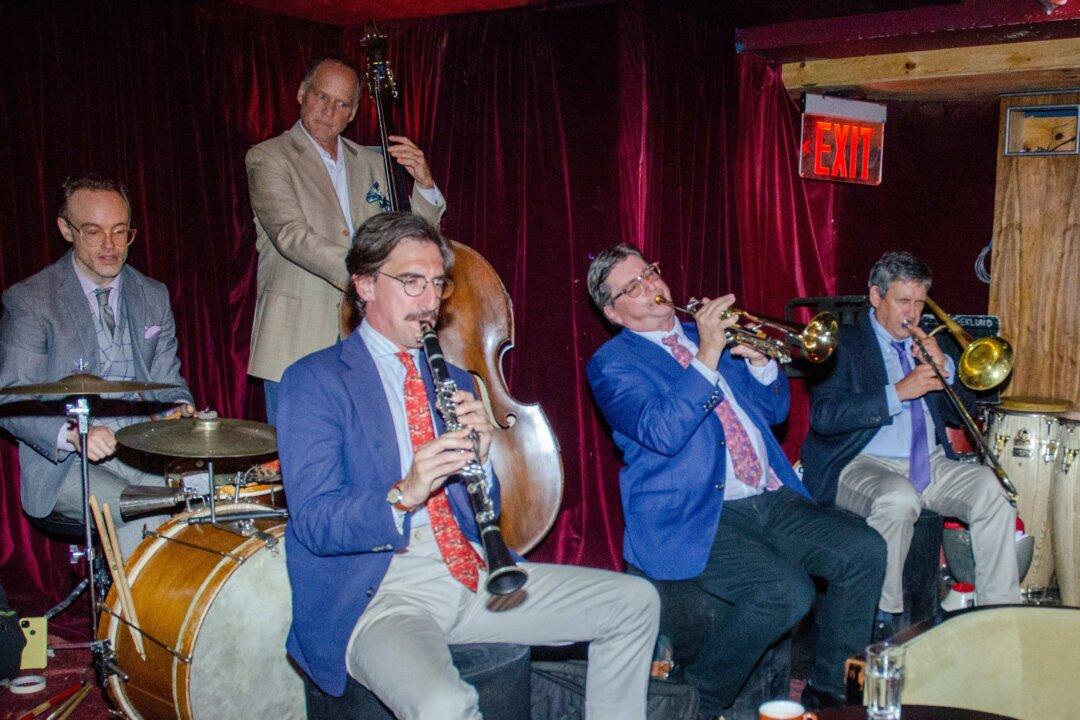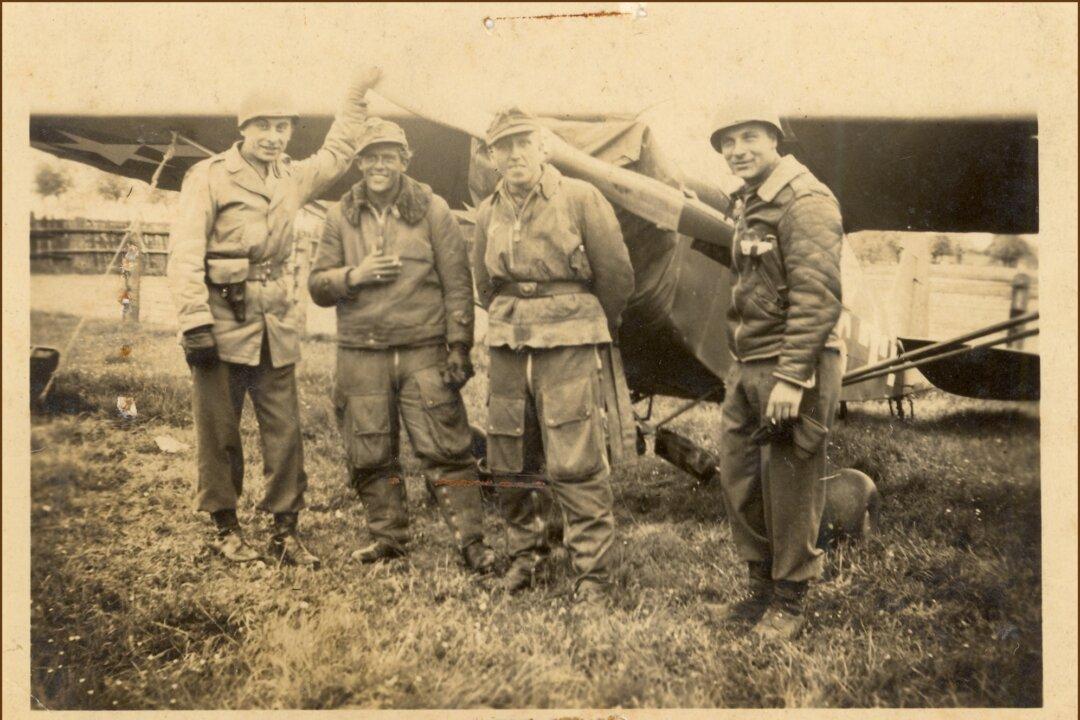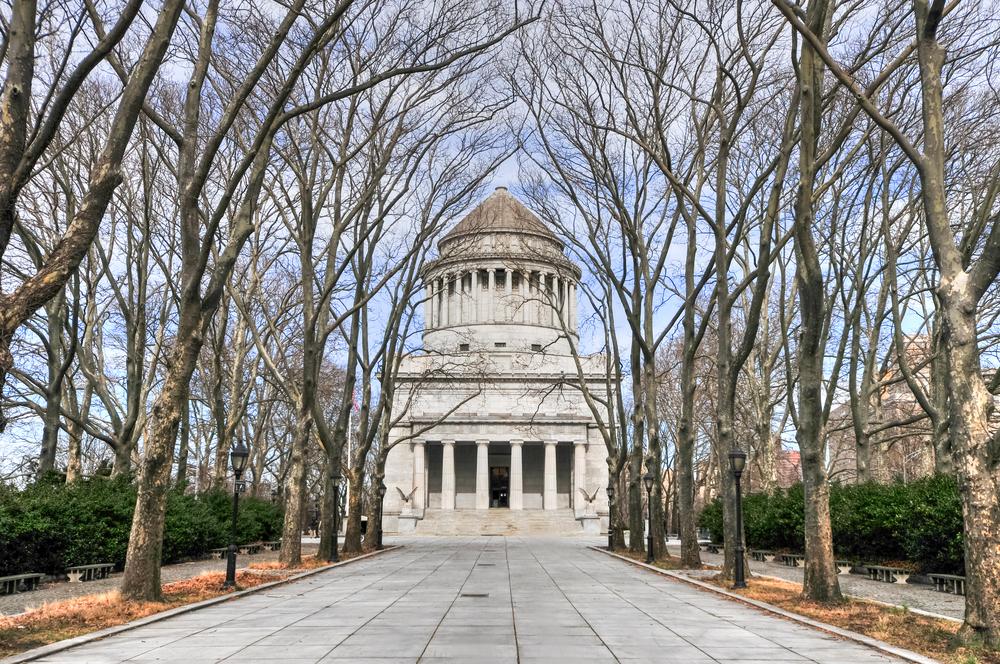Mark B. is a lawyer in New Rochelle, a northern suburb of New York. Tysaun is a 14-year-old from nearby Mount Vernon, and is what some would describe as an “at-risk” child. In September 2021, Big Brothers Big Sisters of Westchester County matched them together, making Mark a “Big” and Tysaun a “Little.”
The charity is a youth mentoring organization that serves children who face adversity to help keep them in school and away from violence and drugs while assisting them to achieve their full potential in life. This mission is achieved through one-to-one mentoring relationships under a “Big-Little” model that matches adult volunteers with children aged 7 to 17.





